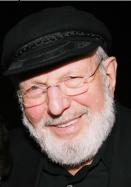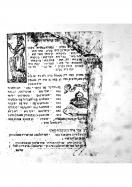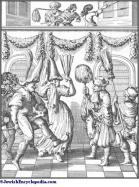(132 results found)
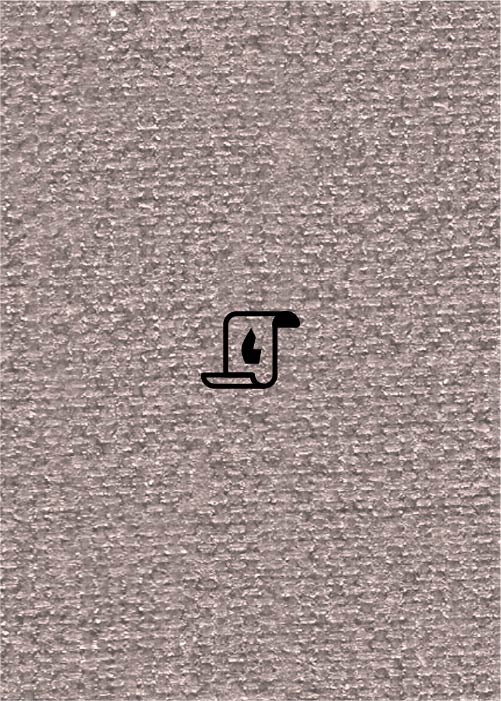
Hatikvah: Conceptions, Receptions and Reflections
… energy rather than legislative design. Because of the “folk” origins of its music and the re-writing of Naftali … culture emerged in Palestine and spread throughout the Jewish world with remarkable speed.It also shows how its … to Jerusalem. The first pilgrimage was under the guidance of [the teacher] David Yudelevich [1863-1943] because …
Karev Yom
… of the earliest commercial recordings of Israeli and other Jewish folksongs made for the international market after World War … also acquired a choreography becoming also an Israeli folk dance. A musical notation of ‘Karev yom’ appears in the …
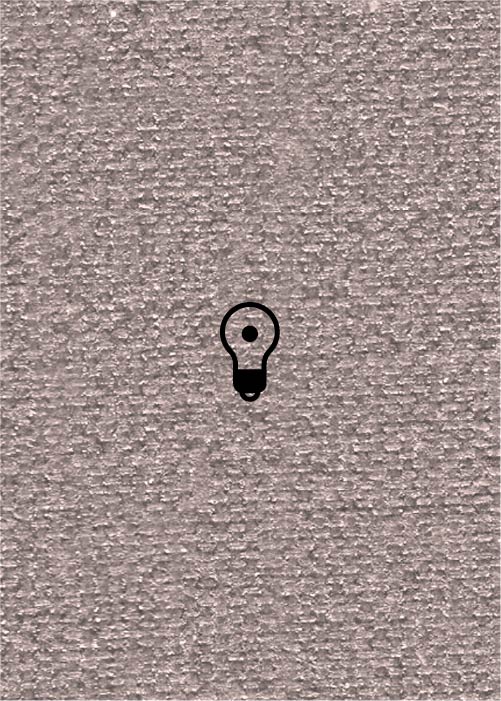
Vals (LKT)
… citation, you get the full reference. “You had Polish dance tunes like krakowiak , oberek , na wesolo , mazur and … that among our large masses, for a long time now the folkdance has had been accompanied by singing and song; and … waltz meter, usually joyful. Waltzes were adopted from non-Jewish cultures by the Hasidic dynasties in Poland and …
Ehad mi Yodea - Its sources, variations, and parodies
… Month is dedicated to “E h ad mi yodea” the famous serial folksong added to the Passover haggadah . This article, … the music within different historical contexts and local Jewish traditions. “E h ad mi yodea” is a cumulative song. … I am a “ marshalok ” jester, and dance a “ hoptshiktshok ” in one shoe and one sock, in my …

Tish-nign (LKT)
… make money: a vulekhl or a doina , some zmires (religious folk songs), kind of lik Black spirituals, and Yiddish folk songs or theater songs.” Alpert 1996a, p. 16. “These klezmorim know many pieces: dance, instrumental works played at the table, street tunes …

Skotshne/Skochne
… at the end of each citation, you get the full reference. “Jewish musicians used to play frequently at non-Jewish … played Jewish tunes in addition to the Ukrainian dance-repertoire. In the same way they brought their … This could not have been adopted from the Ukrainian folk music, since there were far fewer …
Hag Purim – The story behind its melody
… 82-83. Example 8 Harry Coopersmith, editor, Little Books of Jewish Songs: Purim , Chicago: Board of Jewish Education, … It was also featured in many publications of Jewish folk songs in the early 20th century as a wordless Hassidic … ( example 5 ). It is possible that Beregovsky heard this dance tune played by a klezmer instrumental ensemble. The …

Sher
… you get the full reference. “Sher: One of the most common dance forms in the Jewish repertoire, similar to a square dance or a Russian … 1982, p. 526, n. 18] . “Gathering data on Jewish folk dances, and especially on the widespread frejlaxs and …

Polonaise
… citation, you get the full reference. “You had Polish dance tunes like krakowiak , oberek , na wesolo , mazur and … that among our large masses, for a long time now the folkdance has had been accompanied by singing and song; and … the the name of this dance (‘kosher dance’) is originally Jewish, in all instances its music was typically foreign and …

Polka
… citation, you get the full reference. “You had Polish dance tunes like krakowiak , oberek , na wesolo , mazur and … that among our large masses, for a long time now the folkdance has had been accompanied by singing and song; and … in the modern era. The dance-song was preserved by the Jewish masses a long time after the social dances had …

